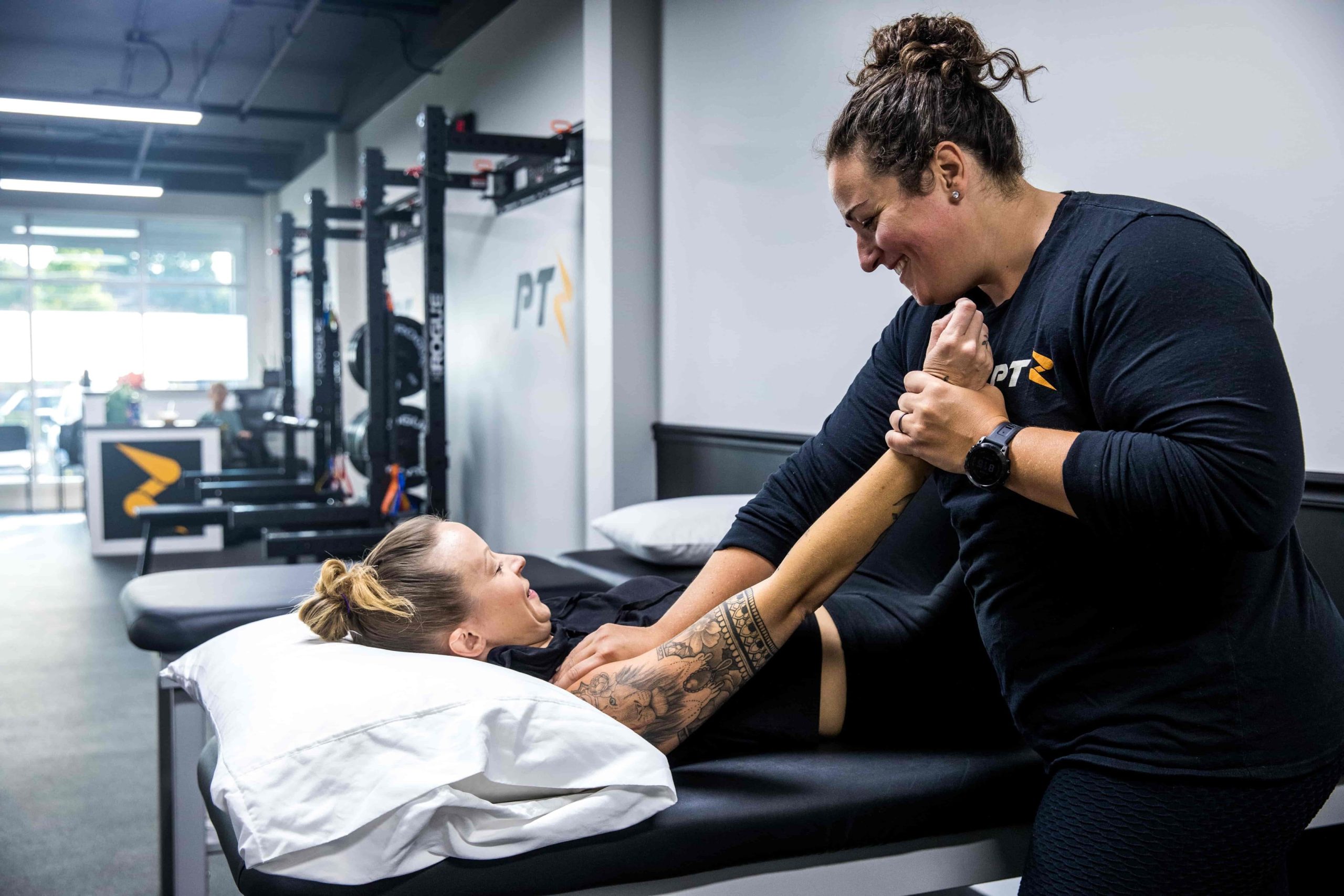Alleviate Pain and Restore Function with Certified Manual Therapy in Nahant, MA
- Expert manipulation to reduce stiffness and tension
- Improves joint alignment for more fluid movement
- Promotes faster recovery through precise techniques
- Addresses muscle imbalances to prevent recurring issues
- Enhances everyday mobility and physical performance

What is Certified Manual Therapy and
How Does It Help in Nahant?
Certified Manual Therapy involves a series of specialized, hands-on methods—like mobilizations, soft tissue work, and careful manipulations—that target joints, muscles, and connective tissues. In Nahant, MA, therapists personalize these techniques to alleviate pain, break down scar tissue, and improve body mechanics. By honing in on the root cause of discomfort, this approach often leads to quicker and longer-lasting relief.
Combined with exercise-based rehab, manual therapy helps you regain healthier movement patterns. Each session is carefully tailored to your condition—whether it’s post-surgery recovery, managing chronic tension, or addressing a new injury—ensuring efficient, targeted care.
From lessening everyday aches to boosting overall mobility, Certified Manual Therapy offers Nahant residents a practical path toward staying active and pain-free in the long term.
Many clients feel immediate relief in tense areas, making follow-up exercises less painful and more productive. Over multiple sessions, this synergy helps reinforce proper alignment, muscle strength, and joint stability.
From chronic back pain to nagging shoulder issues, Certified Manual Therapy can be the key ingredient in your journey to lasting physical well-being here in Nahant.

In The Zone
Conditions Certified Manual Therapy Can
Help Address in Nahant: (A-Z)
ACL tear
By gently mobilizing the knee and surrounding tissues, manual therapy helps minimize stiffness and promotes safer knee mechanics following an ACL repair.
Common Questions About Certified Manual Therapy
1. How does manual therapy differ from regular massage?
Certified manual therapy is more clinical, focusing on specific joint or tissue dysfunctions. Instead of just relaxation, it targets the structural imbalances causing your pain or limited motion.














